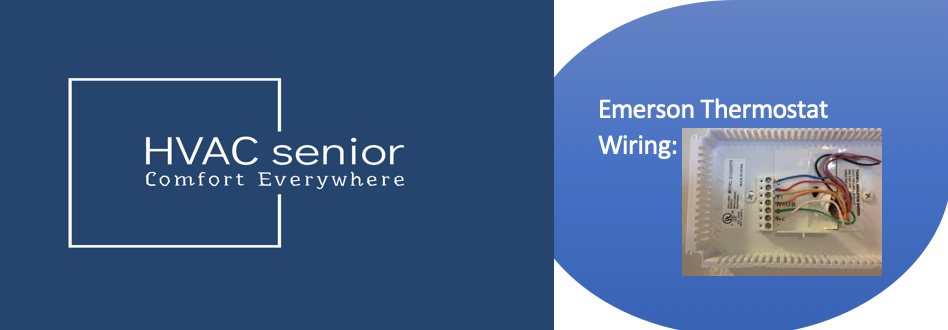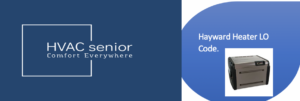Why You Need a 120V to 12V Converter
Now that you already know it can’t possibly work to power a 12-volt device from a standard 120-volt outlet, let’s get straight to the point. A 120V to 12V converter, also known as a step-down transformer or an AC-to-DC power supply, is the important connector that safely converts household electricity into low-voltage power.
These converters are used in a wide range of applications including LED lighting, RV systems, auto accessories, security cameras, and marine electronics. Without it, hooking up a 12V device to a 120V outlet would kill the circuit instantly or result in a fire hazard.
Here in this guide, we’re going to walk you through everything you need to know before purchasing one—how they work, important specifications, most popular applications, safety advice, and answers to frequently asked questions.
What Is a 120V to 12V Converter
A 120V to 12V converter is an electronic device that converts the voltage from typical 120 volts AC (alternating current)—the electricity from your outlet—to 12 volts DC (direct current) or 12 volts AC, depending upon construction.
How It Works
- Step-Down Transformation – The converter converts the high 120V AC voltage to 12V by using a transformer or switch-mode power supply.
- Rectification – For DC output, AC current is converted to DC with the assistance of diodes.
- Filtering & Regulation – Capacitors control voltage fluctuations, and regulators give a stable 12V output irrespective of fluctuating input voltage.
- Protection Circuits – There are over-voltage, short-circuit, and thermal protection in most converters for extra safety.
Types of Converters
- 120V AC to 12V DC Converters: Ideal for LED strips, car accessories, and CCTV applications.
- 120V AC to 12V AC Transformers: For landscape lighting or halogen use.
- Smart Switching Converters: Small, efficient, and capable of handling variable loads.
Why the 120V to 12V Transformation is Important
120-volt electricity can be detrimental to devices as well as users. Most small electronics—LED lights, automotive accessories, and home automation systems—operate on 12 volts DC for efficiency in power usage as well as safety reasons.
Using a converter ensures:
- ✅ Device protection – Avoids over-voltage damage.
- ✅ Energy efficiency – Reduces power wastage and heat emissions.
- ✅ Safety compliance – Adheres to low-voltage standards for residential and automotive applications.
- ✅ Stable performance – Maintains a steady voltage despite power fluctuations or sagging.
Important Features to Consider in a 120V to 12V Converter
When buying a converter, you must consider more than the voltage rating. The following are the important specifications to check before you buy.
1. Output Power (Amps or Watts)
Calculate your total device load:
Watts = Volts × Amps
Watts=Volts×Amps
If the LED lights consume 3A, that is 36W. Choose a converter with at least 20–30% more, such as 50W, to prevent overheating.
2. Output Type: AC or DC
Check whether your device requires AC or DC output. The majority of electronics require DC, but lighting systems (e.g., halogens) may use AC.
3. Efficiency Rating
Higher efficiency means less heat loss and lower electricity bills. Choose ratings of 85–90% or better for optimal performance.
4. Voltage Regulation
Good converters maintain 12V output even under input fluctuations—essential for sensitive units like routers or cameras.
5. Safety Features
Best converters possess:
-Over-current protection
-Short-circuit protection
-Over-temperature shutdown
-Reverse polarity safety
6. Certifications
Always verify UL, CE, or RoHS ratings to ensure compliance with safety standards.
7. Cooling and Ventilation
Converters get hot, especially under heavy loads. Choose a model with a heat sink or built-in fan for better life expectancy.
Also read: 18,000 BTU Air Conditioner
Common Applications of a 120V to 12V Converter
| Application | Description |
| LED Lighting | Converts home power to low-voltage DC for LED strips, bulbs, and under-cabinet lighting. |
| RV and Camper Vans | Powers 12V devices (lights, water pumps, fridges) using shore power from campgrounds. |
| Automotive Accessories | Lets you run car gadgets at home, such as GPS units, dash cams, and chargers. |
| Security Systems | Feeds CCTV cameras and alarm panels with clean 12V DC. |
| Marine Equipment | Powers 12V electronics safely on boats. |
| Industrial Control Panels | Provides stable 12V DC for sensors and control boards. |
How to Install a 120V to 12V Converter
⚠️ Warning: Disconnect power before installation. If you are not comfortable with electrical wiring, hire a professional electrician.
Step-by-Step Guide
- Shut off main power at circuit breaker.
- Mount converter in a well-ventilated location.
- Connect input wires: hot (live), neutral, and ground to the 120V AC source.
- Connect output wires to your 12V device (red = positive, black = negative).
- Test output voltage with a multimeter to confirm 12V DC or AC.
- Secure all connections and restore main power.
Installation Tips
- Do not install the converter near heat sources.
- Use the correct wire size to control current.
- Use an IP65 or IP67-rated water-resistant converter for outdoor applications.
- Mark all connections to make future maintenance easier.
Ultimate Benefits of Using a Good 120V to 12V Converter
- Protection and Safety: Prevents electrical damage and fire hazard.
- Device Life Span: Supplies stable voltage, thus extending the life of your 12V devices.
- Cost-Effectiveness: Efficient power conversion prevents electricity bills.
- Small Size Gives Huge Power
- Versatility: Multiple 12V devices can be powered simultaneously using a single converter.
- Silent Operation: Certain converters now utilize fan-less designs for reducing noise.
- Portability: Compact designs make them ideal for travel, RVs, or usage in mobile workshops.
Common Problems and Troubleshooting
| Problem | Possible Cause | Solution |
| Converter won’t power device | Incorrect polarity or loose connection | Verify wiring and polarity |
| Output voltage is unstable | Overload or overheating | Reduce the load, improve ventilation |
| Converter automatically shuts down | Overcurrent protection | Use a higher-rated converter |
| Device flickers or restarts | Unstable voltage | Use a regulated converter |
| Too much noise or vibration | Bad fan or low-quality unit | Replace with a better-quality converter |
Maintenance Tips for Extended Life
- Keep the converter free of dust and clean.
- Check for rusted or worn wires every few months.
- Ensure proper ventilation to avoid overheating.
- Operate not more than 80% of the rated load continuously.
- Store in a dry, cool location when idle.
FAQs
1. What is a 120V to 12V converter for?
It converts high household voltage (120 volts) to low voltage (12 volts) suitable for DC or AC appliances like LEDs, RV appliances, and electronics.
2. Can I use an LED light 120V to 12V converter?
Yes. Most LED strips and lighting products are 12V DC. Make sure your converter provides DC and has enough amperage for your total light load.
3. Is there a difference between a transformer and a converter?
Yes. A transformer only changes AC voltage levels (e.g., 120V AC to 12V AC), but a converter also changes AC to DC and can provide you with a regulated 12V DC output.
4. How much wattage do I need?
Add up the wattage of all your devices and add 20-30% for extra safety. For instance, if your devices add up to 100W, choose a minimum of 120-130W converter.
5. May I employ a 120V to 12V converter for automobile electronics?
Yes. These converters allow you to supply automobile accessories—like radios or air pumps—through standard household sockets.
6. Are converters efficient in terms of energy?
New switch-mode converters are up to 95% efficient, and they dissipate very little energy as heat.
7. What is the best converter to be used outdoors?
Choose one with an IP65/IP67 weatherproof rating, rustproof housing, and thermal protection for outdoor lighting or security installations.
8. What happens if I use an incorrect converter?
If you insert a 12V DC appliance into a 12V AC socket, it may be faulty or burned out. Always insert the same voltage type (AC/DC).
Conclusion
120V to 12V converter is a must-have home, car, and boat accessory for powering low-voltage devices safely. Choosing the ideal converter involves knowing the device’s power needs, proper installation, and a high-quality, certified converter purchase.
Follow this guide to:
- Choose the perfect converter for the task
- Avoid costly electrical damage
- Extend the life of your 12V equipment
- Enjoy safe, efficient performance for years to come
Whether you’re setting up LED lights, an RV power system, or a home security network, a reliable 120V to 12V converter ensures everything runs smoothly and efficiently.









